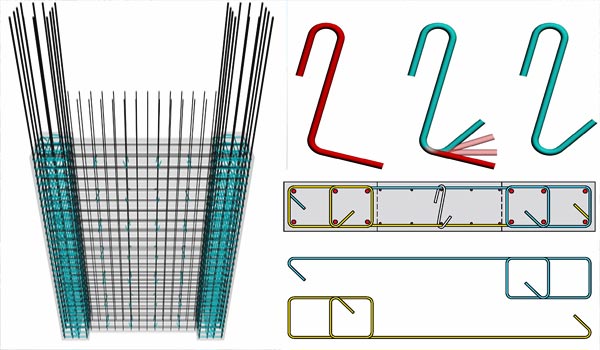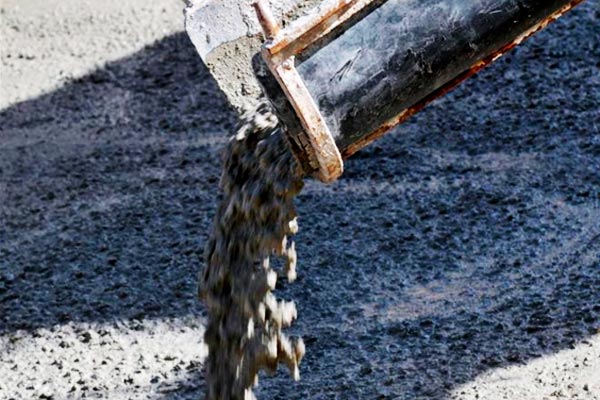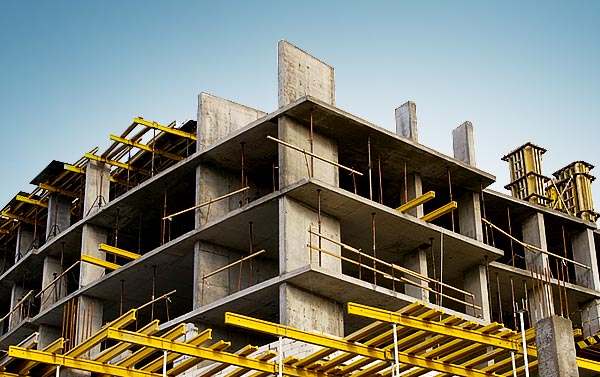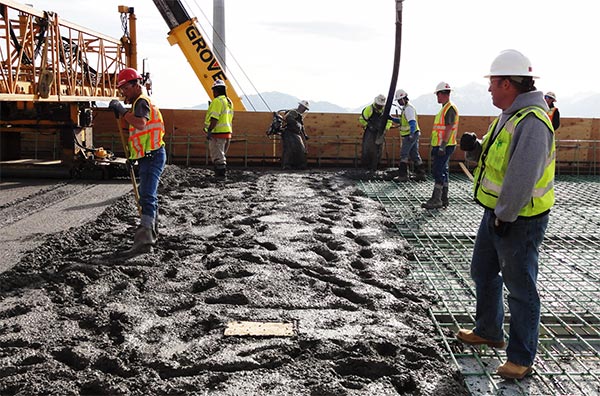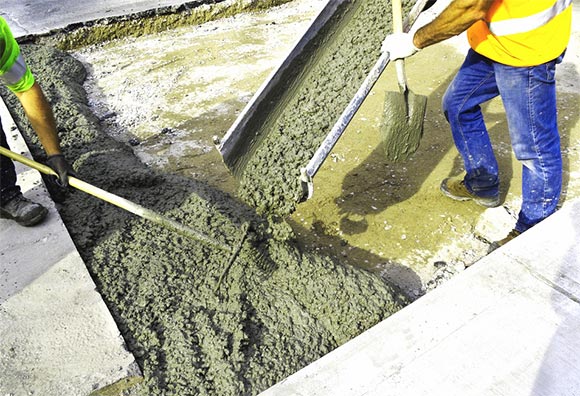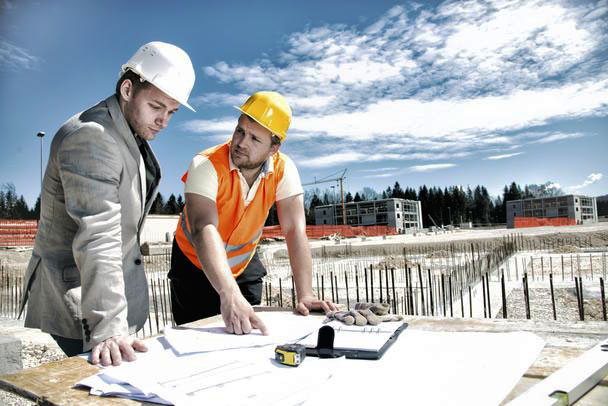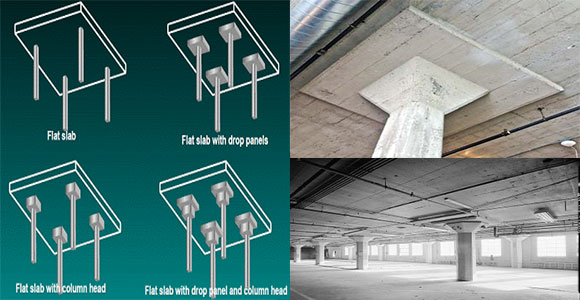A bridge refers to a structure that arranges a passage over a hurdle devoid of closing the way underneath. The necessary passage will be intended for a road, a railway, pedestrians, a canal or a pipeline. The hurdle to be spanned may be a river, a road, railway or a valley.
Categorization of Bridges
Category of Bridges (based on form (or) type of superstructures)
1. Slab bridge
2. Beam bridge
3. Truss bridge
4. Arch bridge
5. Cable stayed (or )suspended bridge
Category of bridges (based on construction material of superstructure)
1. Timber bridge
3. Stone bridge
4. R.C.C bridge
5. Steel bridge
6. P.C.C bridge
7. Composite bridge
8. Aluminum bridge
Category of bridges (As per inter-span relationship)
1. Simply supported bridge
2. Cantilever bridge
3. Continuous bridge
Classification of bridges (Following the placing of the bridge floor compared with superstructures)
1. Deck through bridge
2. Half through or suspension bridge
Categorization in terms of method of connection of various part of superstructures
1. Pinned connection bridge
2. Riveted connection bridge
3. Welded connection bridge
On the basis of length of bridge
1. Culvert bridge(less than 6 m)
2. Minor bridge(less than 6 m-60m)
3. Major bridge(more than 60 m)
4. Long span bridge(more than 120 m)
On the basis of function
1. Aqueduct bridge(canal over a river)
2. Viaduct(road or railway over a valley or river)
3. Pedestrian bridge
4. Highway bridge
5. Railway bridge
6. Road-cum-rail or pipe line bridge
For more information, visit this link

~~~~~~~~~~~~~~~~~~~~~
Published By
Rajib Dey
~~~~~~~~~~~~~~~~~~~~~
